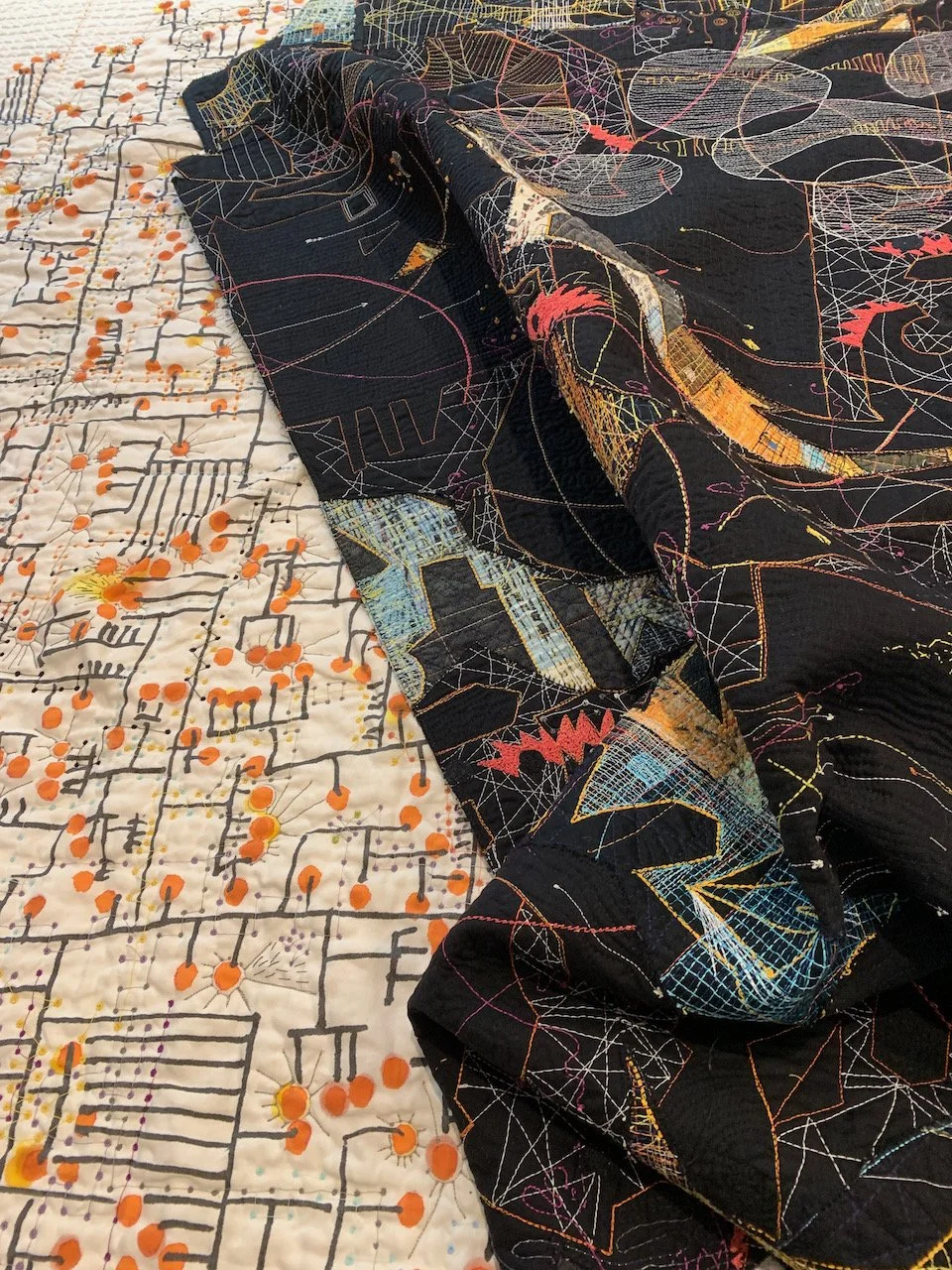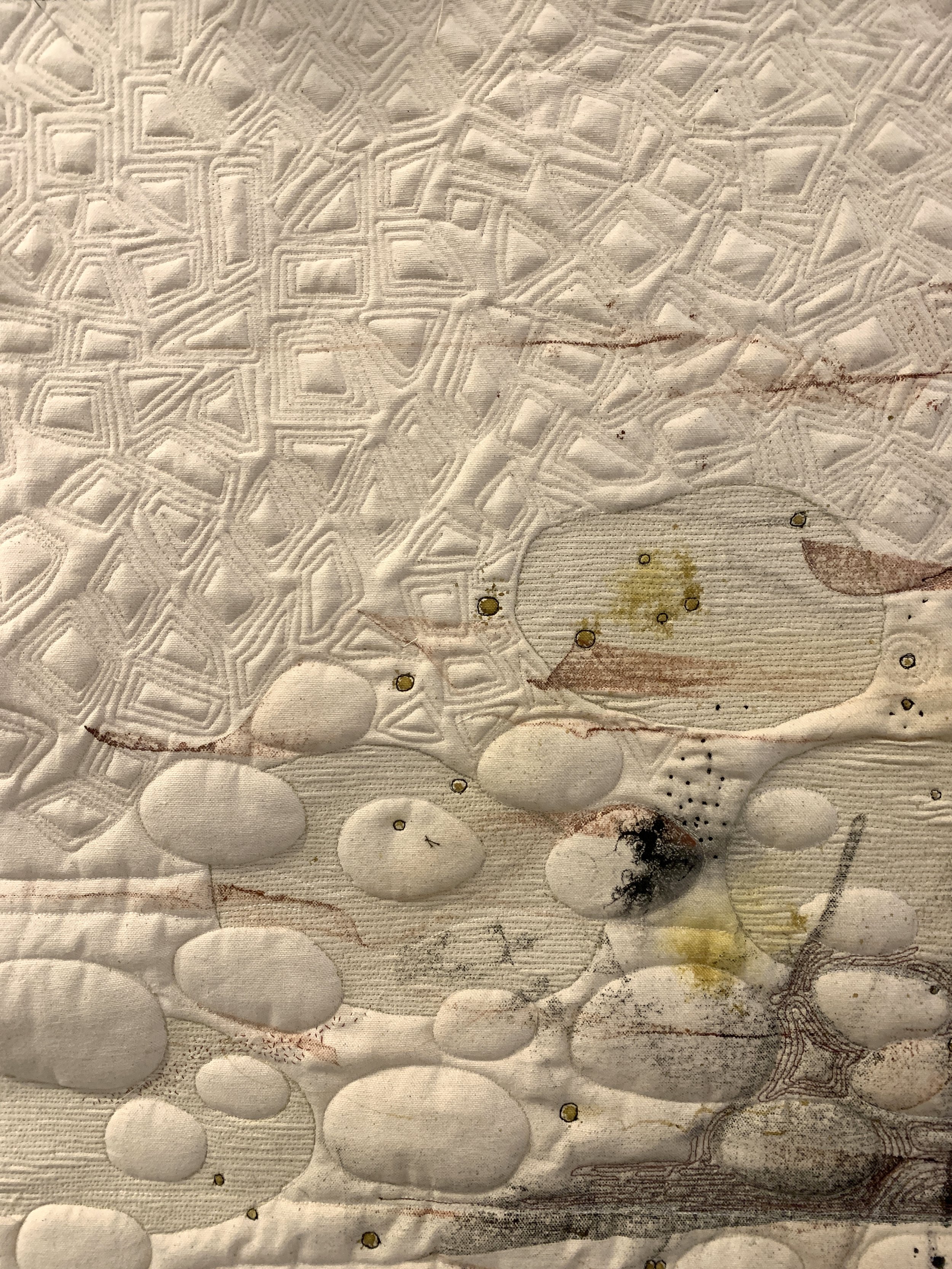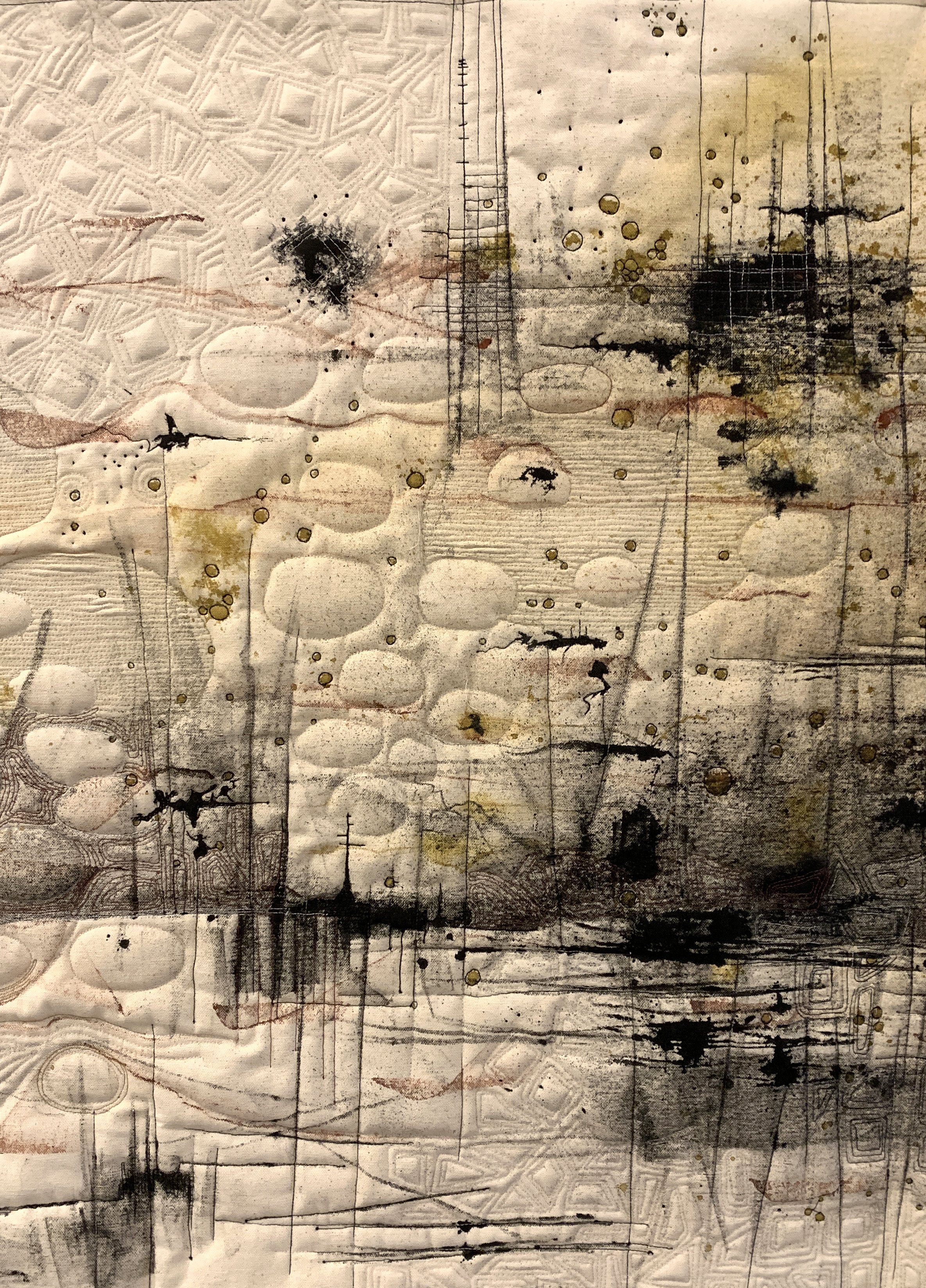Yesterday it was Spring. We were taking stock of all the plants that were hit by an unnatural freeze. The garden changed this year. Despite losing a number of trees and cherished bushes, it regenerated. Bushes are shorter, downed trees left open space for new growth and critters found new homes. Nature shows us that growth, death, rebirth is a cycle. I often have to remind myself of that in my work. Nothing is permanent.
Each day we walk through the garden taking stock of the survivors. We tend to the broken and sweep up the debris into mulch piles. Then the cycle can begin again.
Though I know that it was not Spring yesterday it feels like 2023 passed too quickly. My sense of condensed time continues to spur me on. I have so many ideas to test out, so many techniques to try. So I took stock. I asked myself what, exactly, did I accomplish this year? How do these works inspire more? Should I concentrate on one direction? Or, continue to experiment with new techniques? Does it matter?
Below is a summary document of all the work I created in 2023. Some were successful. Some were learning tools, some were cut up and started over. Click on the image below to see the variety.
Do you take stock of the work you have created in a period of time? Does it energize you to do more?
I’ll be teaching in 2024 at the following venues.
Sign up now to reserve your space!
Stitchin’ Post Workshop
Sisters, OR, Apr. 29 - May 3
Shakerag Workshops
Sewanee, TN, June 10-15
Quilting by the Lake
Auburn, NY, July 15-19
Madelaine Island School of the Arts
Madelaine Island, MN, Aug. 26-30
Front Range Contemporary Quilters
Denver, CO, Sept. 13-16
Design Outside the LInes
Taos, NM, Sept. 22-28





































